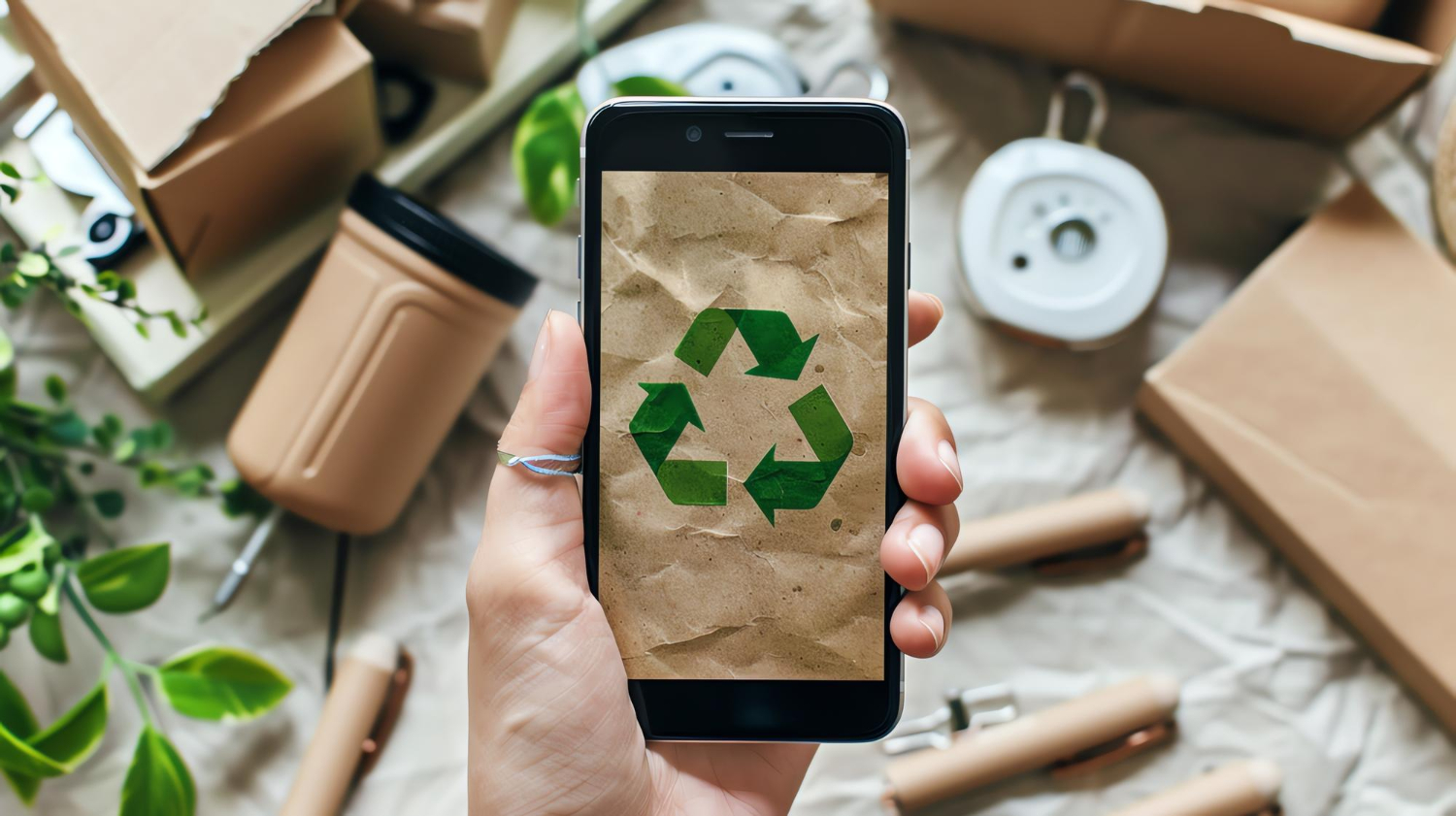E-commerce has become an unstoppable force. Millions of people shop daily from the comfort of their homes, and every click represents an opportunity for brands.
However, there is another side: discarded packaging, massive returns and overproduction that end up generating an increasingly visible environmental cost.
In this context, green eCommerce is not only an ethical issue, it is a smart business strategy. Stores that integrate sustainable practices into their processes not only reduce their impact on the planet, but also build trust, build customer loyalty and differentiate themselves in an increasingly saturated market.
WooCommercethanks to its flexibility and the wide variety of plugins that complement it, offers fertile ground to move towards this transformation.
The challenge of sustainability in digital commerce
At first glance, eCommerce seems to be more environmentally friendly than physical retailing: there are no unnecessary transfers and the catalogs are digital. However, reality shows otherwise.
Excessive returns multiply transportation, lack of organization generates stock that ends up in the trash and poorly managed shipments increase the carbon footprint.
The good news is that, just as e-commerce has accelerated consumption habits, it can also lead the shift to a more sustainable model. And in the case of WooCommercethe key is to use technology in a conscious way.
Reducing returns: an opportunity for improvement
Each return is a double trip for a product that may no longer be resold. In environmental terms, this means emissions, wasted materials and wasted resources.
How to avoid it? With clear and honest information. Detailed descriptions, true-to-life photos and accurate sizing guides reduce buyer frustration and minimize exchanges.
At WooCommercethere are plugins that allow you to enrich product cards, add comparators, show variations in more detail or even integrate verified reviews.
Success story: Patagoniathe outdoor clothing brand, is recognized for its transparency policy and for providing exhaustive information on each product: materials, origin and even environmental impact.
Although it does not use WooCommerce directly, their strategy is an inspiring example of how clarity of information reduces returns and builds trust.
Smart inventory: less excess, more efficiency
One of the least visible but most harmful practices in eCommerce is overproduction. Stores that purchase too much stock end up with losses and waste that directly impact the environment.
With WooCommerce it is possible to implement an intelligent inventory system: low stock alerts, replenishment automation or massive product editing to keep the store always adjusted to reality.
Specialized plugins help the catalog to be optimized and updated, avoiding unnecessary accumulations.
Success story: Allbirdsthe sustainable sneaker brand, has been a pioneer in keeping catalogs small and optimized. It prefers to focus on few but well-designed products, avoiding excess models and overproduction.
This approach, also applicable in WooCommerceshows that less can be more when it comes to sustainability.
An example of a tool that helps in this regard is WonderShopwhich makes it easy to organize and edit catalogs in just a few clicks.
By reducing manual labor and improving inventory visibility, stores are able to not only save time, but also make more responsible decisions about what products to offer and when to offer them.
A user experience that is also sustainable
Sustainability is not just about logistics or inventory, it’s also about experience. When a customer enters a clear, well-organized and easy-to-navigate online store, they buy what they really need. And when the experience is confusing or the catalog is saturated, impulse buying increases, followed by regret and returns.
Success story: Etsyalthough it is a marketplace and not an individual store, has implemented filters to highlight eco-friendly, recycled or handmade products.
This strategy inspires any store WooCommerce to better organize its catalog, making it easier for the customer to find products aligned with its values.
WooCommerce allows you to add advanced filters, highlight sustainable products or create categories dedicated to green certifications. In this way, each store can guide consumers towards more conscious purchasing decisions.
Logistics and packaging: the bridge between the digital and the physical
You can’t talk about sustainability without mentioning the moment when the purchase ceases to be digital and becomes a package at the customer’s door. This is where bundled shipping solutions, collection points and recycled or reusable materials in packaging come into play.
Case Study: Lush Cosmetics has innovated in this area by offering reusable packaging and, in some cases, even eliminating the packaging altogether “naked products”. This practice, adapted to eCommerce, shows how consistency between product and shipment enhances sustainability.
When a WooCommerce store maintains an orderly inventory and clear order management, it also makes it easier to implement this type of initiative, as errors and unnecessary reshipments are reduced.
A green future for WooCommerce
Green eCommerce is not a passing trend: it is the path to a more humane, responsible and profitable digital commerce.
Reducing returns, optimizing inventories and offering clear shopping experiences not only take care of the planet, but also build lasting relationships with customers who value consistency between what they buy and what the brand stands for.
WooCommerce provides the tools, and the plugins make it possible for any store, regardless of its size, to take firm steps towards this model.
Solutions such as WonderShop demonstrate that sustainability is not reserved for large corporations, but is within the reach of those who choose to manage with intelligence and purpose.
The future of eCommerce will be green, and the stores that embrace it won’t just sell products: they will sell trust, consistency and a real commitment to the world we share.

